#indigenous siberia
Text
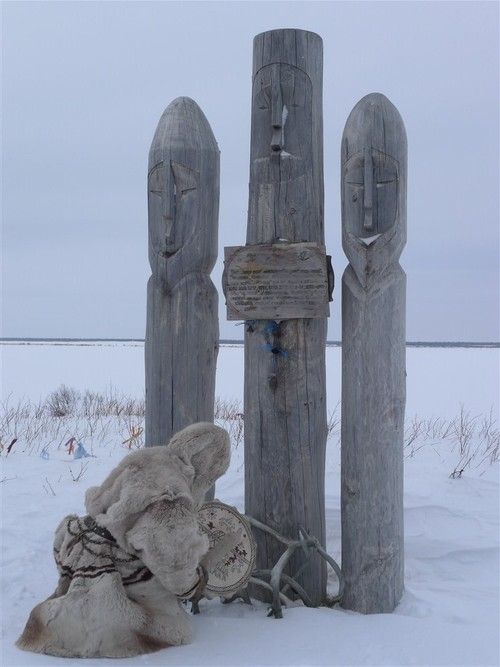
Pustozerk, Narayan mar, Russia.
#russia#russian paganism#indigenous russia#indigenous siberia#siberia#siberians#Siberian spirituality#Siberia Russia#Pustozerk#Narayan#Narayan mar#ruins#altar#idol#idol worship
2K notes
·
View notes
Text
youtube
Sakha / Yakut phonk
5 notes
·
View notes
Text
Important read.
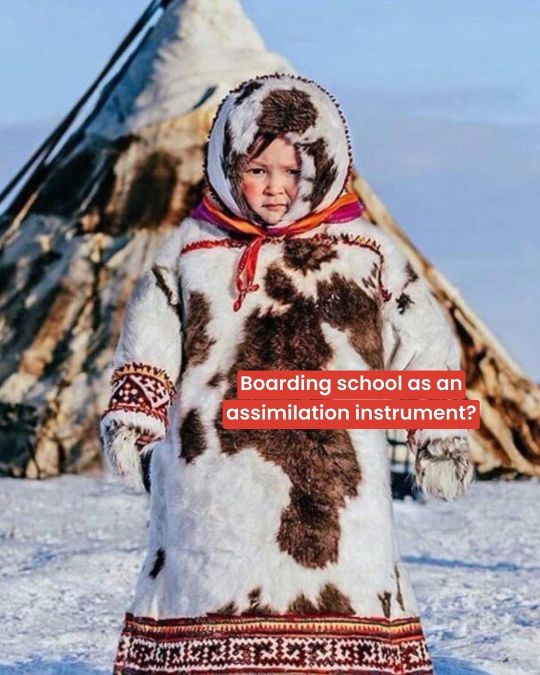
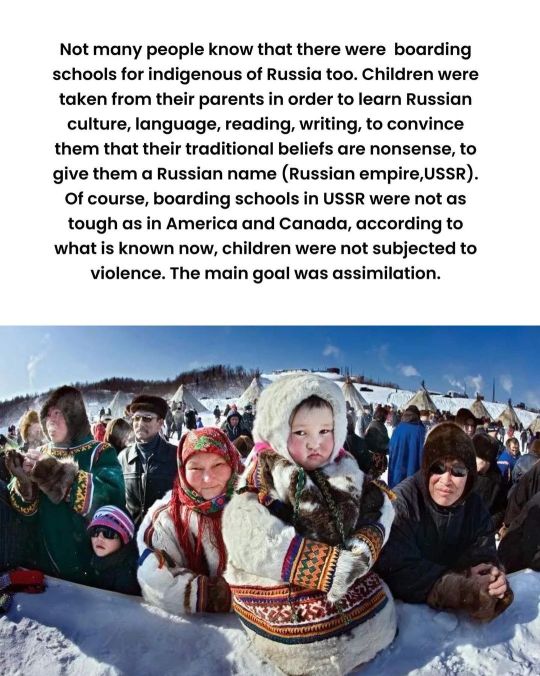

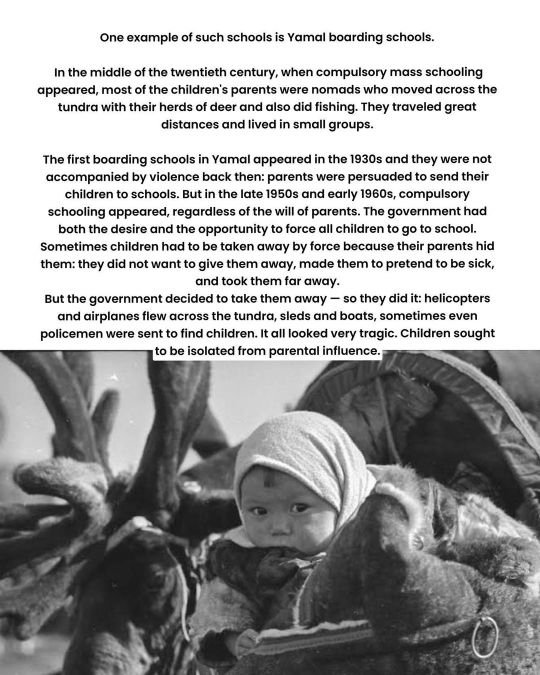
#indigenous#culture#indigenous russia#important#indigenous russian#fypシ#fypage#russia#colonization#landback#indigenous art#indigenous rights#indigenous people#indigenas#siberian music#siberia#siberian indigenous#indigenous siberian#siberian#native people#natives#nenets culture#nenet people#nenet#nenets#important post#russian colonization#russian imperialism#russian genocide#fypツ
417 notes
·
View notes
Text

Tӧӧlӧs Turkic girl from Altai, Russia
438 notes
·
View notes
Photo

The Chuvash (Russian: чуваши) are a Turkic people, related to the Oghurs, who are native to a region extending from Central-Western Russia to Siberia.
Many live in Chuvashia and ethnic communities throughout Russia, and continue to speak Chuvashi language, which diverged from other Turkic languages over a thousand years ago.
They have been subjected to much outside influence, not only from Russian and Turkic peoples, but also from neighbouring Finnic tribes, with whom they have been wrongly identified for centuries.
Today, many Chuvash practice a syncretised form of Orthodox Christianity and Shamanism.
Traditional clothing of Chuvash women is complex and varies greatly between regions. A distinctive feature is the rich ornamentation of headdresses and jewellery with decorative silver coins. The most unusual feature is called shulkeme - the breast adornment worn by a young married woman.
The full set of jewellery a Chuvash woman would wear during the ceremony could weigh up to 16kg. Traditionally, the size and weight of the jewellery displayed the wealth of the bride's family and was a fundamental part of her dowry.
The traditional headdress of a married Chuvashi woman is called khushpu.
It is worn over the surpan, a strip of white fabric with embroidery at the ends.
The khushpu pictured here is one of the oldest and rarest in existence, dating back to the 18th Century.
📸 Alexander Kimushin
290 notes
·
View notes
Text
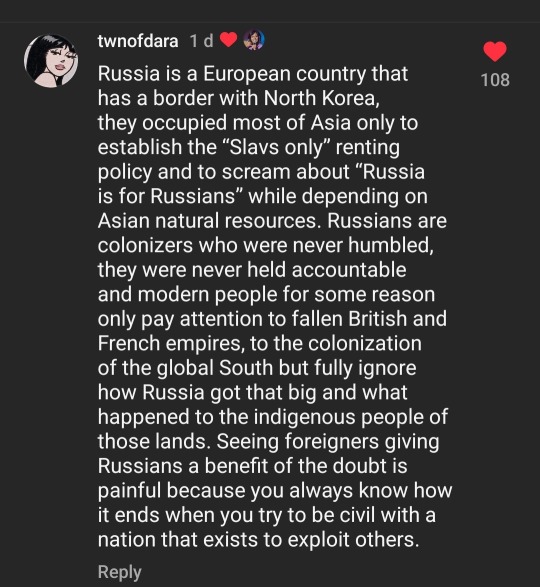
Painfully true
#Russia#Russian colonisation#Siberia#Indigenous Siberian#indigenous russia#Russian imperialism#The wildest thing I've heard is Russians attacking Buryats...In Buryatia#you cannot make this shit up
61 notes
·
View notes
Text
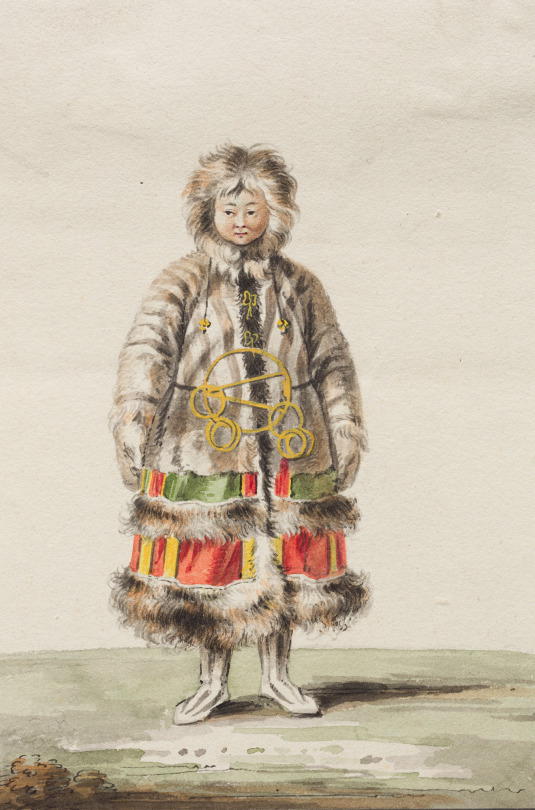
Emel'jan Korneev (1780–1843)
"Samoyed girl in festive costume", ca. 1810
Münchner Stadtmuseum
#Outfit looks Enets or Nganasan to me but I'm not qualified to make that call so leaving title as-is#emel'jan korneev#emeljan korneev#indigenous#siberia
56 notes
·
View notes
Video
youtube
Ummet Ozcan X Otyken Altay (Official Music Video)
Have I shared this before?
Absolute banger. All the vibes.
#music#indigenous music#siberia#turkmen#tengiri#Idk how to tag this really#just give it a listen#beautiful stuff
23 notes
·
View notes
Text
The fact that there are the so-called “anti-imperialists” and “leftists” out there, who do zero research on the situation of the Indigenous people in Russia and then dare say that Indigenous activists like Yana Tannagasheva are neo-liberal American spies, just because they received de@th threats from the FSB just for fighting for their basic rights, is just appalling.
Like, a literal gen0cide of hundreds of nations, cultures and languages is funny to them. The same thing that happened to the Indigenous people in the Americas is funny to them, because it is not being done by the US. This is the real face of a large portion of leftist internet activism, or so it seems. What is leftist in cheering for people being illegally drafted and killed for a colonial empire’s war?
Like, WTF is wrong with those people.
#russian colonialism#russian imperialism#tankies gotta tank#tankies#tankies rob people off their voice and stories#indigenous russia#indigenous russian#indigenous rights#russian war on ukraine#russo ukrainian war#ukraine#russia’s invasion of ukraine#russia#siberia#caucasus moutains#central asia#decolonize russia
221 notes
·
View notes
Text

Indigenous woman from the Altai region of southern Siberia, central Russia
Russian vintage postcard
#carte postale#central#ephemera#photo#historic#altai#postcard#tarjeta#postal#russian#southern#briefkaart#ansichtskarte#region#photography#vintage#postkaart#siberia#postkarte#indigenous#old#russia#sepia#woman
49 notes
·
View notes
Text
youtube
1 note
·
View note
Text
September 25th, 2022
The cries for help of Russia's national minorities: "We will stop existing"
"In small villages, with two or three streets, they have taken all the men" • Putin's draft mobilization punishes regions like Yakutia, Buryatia and Dagestan.
On the day after declaring partial mobilization in Russia, a member of the Duma [Russian Parliament] and ex-mayor of Jakutsk, in Siberia, protested that the number of reserves that each region has to send to the front [of the war in Ukraine] didn't match. She asked why regions like Novosibirsk only mobilize 0.27% of the men between ages 20 and 59 and, at the same time, Yakutia has to mobilize 1.66%. In addition, she added, why are precisely the most disadvantaged towns of the north of Yakutia where the proportion of men called to war is higher? "In villages of the Artic, with 300 inhabitants, they take 47 men. I know what it means to live in the north at -55°C [-67°F] and, without the men, families will have a very hard time. What is the logic behind these numbers? What kind of proportionality are we talking about?"
Yakutia, located north of the permafrost and almost 8,500 km away from Moscow, is a land rich in natural resources (diamonds, uranium, hydrocarbon...) and the immigration of workers for the extraction businesses has left Yakuts and Evens, the indigenous peoples, as a minority in the cities of the centre and south of the Republic. On the other hand, they are the majority in the towns of the north, from which they are now being sent en masse to the frontline.
We have talked to Aanis, a girl from a town of 500 inhabitants where 35 men have been called to war: "They've taken almost all young men from the town, of local ethnicities (Evens and Yakuts). It was very unexpected, nobody could have seen something like this coming. Before the mobilization, people from the town were not interested in the war, it's hard enough to survive. We were worried about everyday problems: hunting, how the vegetables were growing... Now everything has changed, we are shocked."
Nikolai, a man from a village in the north of Yakutia, answers resolutely when we ask what has happened: "We had never seen before what is happening now, not even in the Second World War. They have sent all the native men to the front." I ask him for more details: "My village is inhabited only by Yakuts and Evens. We're less than 500 people, out of which only 154 are of working age, including women. They have called to the front 65 people, almost all the men between ages 18 and 60." He adds that families don't know how they will survive this winter. "It reaches -60°C [-76°F], and we don't have centralised heating or water pipes. We use ovens to warm up and it's usually men who take care of that. We live from hunting. Who will hunt now? What will we eat? Nobody knows."
I ask him why does he think the authorities have decided to take them and not others: "Because we live in remote and very small villages, with no Internet; there are no lawyers here or organizations that defend us. Many of us don't speak Russian or English. They probably calculated that mobilizing us would have little repercussion: very few people would notice the absence of some minorities, even if they disappear completely. In fact, there's already few of us left.

Poster calling for a protest of the Free Yakutia Foundation: "Yakutia! Don't cry! RESIST!"
In Yakutia, women have taken the streets to protest. They stand their ground. And they have done so, shouting "no to genocide!"
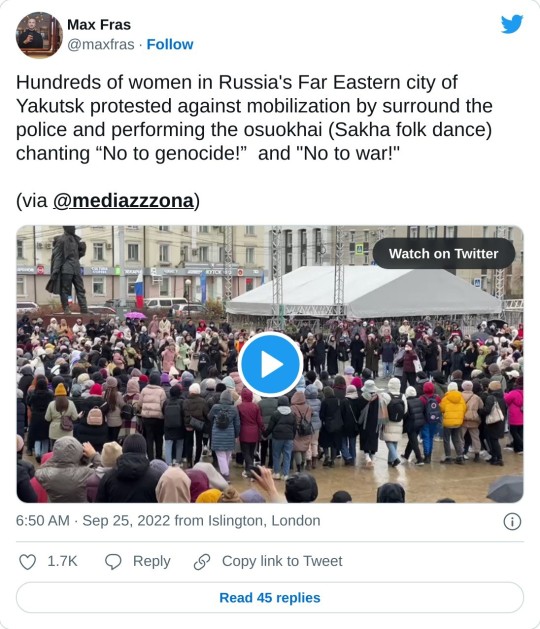
General mobilization in Buryatia
In Buryatia, a republic in the south of Siberia, bordering Mongolia, with a 35% native population of Mongolian origin (Buryats), their situation is just as harsh. "The mobilization in Buryatia is general, not partial", declares Aleksandra Garmazhapova, founder of a local NGO. Viktoriya Maladaeva, coordinator of the Free Buryatia Foundation, confirms it: "They're not calling up only reserves: they mobilize students, disabled people, and people who have never had any relation with the army. In small villages, with only two or three streets, they have taken all the men. There are families where they've called up the fathers and sons." She explains that many men were taken to the recruitment points during the night: "Then people started calling each other, and those who could drove their car to Mongolia. Others have hidden in the forests, in the taiga."
To answer to this situation, the ex-president of Mongolia (2009-2017) Tsakhiagiin Elbegdorj published the following message: "I know that since the beginning of this bloody war, the ethnic minorities that live in Russia are the ones that have suffered the most: the Mongols of Buryatia, of Tuva and Kalmykia have suffered. They have been used as cannon fodder. We, the Mongols, will welcome you with open arms and hearts. Our borders will stay open."
To the question of why she thinks Buryatia is disproportionately affected by the mobilization, Maladaeva answers without a doubt: "Because we are an ethnic minority and for Putin we are worthless [...] And that's the same in other "ethnic republics": right now we're getting calls from activists from Kalmykia, Chuvashia, Yakutia, Tuva... On the contrary, in the Irkutsk region (where there is a Slavic majority without notable minorities), there's silence, even though it borders us. Why?"
Dead in combat

"Russian victims in Ukraine". Data compiled by Mediazona.
We must highlight that, until Putin signed the decree to mobilize reserves last Wednesday, going to fight in Ukraine was voluntary and paid. Those interested signed a contract with the Russian army and got paid a monthly salary between 130,000 and 200,000 rubles, depending on the region.
These salaries might not be much in Moscow, but they are a fortune in the most deprived areas. In the Russian capital city, the average monthly wage is about 115,009 rubles, three times the average monthly wage in Buryatia. If we look at unemployment rates, we see how it's 1.5% in Saint Petersburg while in Northern Caucasus republics, such as Ingushetia, it's as high as 30%. In the context of these economic inequalities, a result of highly centralized policies that center the economic wealth around the cities where political power resides and regulate the periphery to misery, it's no surprise that Buryats and Caucasians see an opportunity in an army wage, and knowing that in the worst of cases, if they die in combat, their families will receive (in theory) a compensation of 7 million rubles and a pension.
These economic reasons explain, in part, why the two regions with the most soldiers who died in combat in Ukraine are Buryatia and Dagestan (in the northern Caucasus). According to official data compiled by the Russian news portal Mediazona, 6,219 Russian soldiers have died in total in the war in Ukraine. From Buryatia, 256 have died (out of a total of 1 million inhabitants), and from Dagestan, 292 (out of 2.5 million inhabitants). These numbers contrast highly with the 17 dead soldiers from Moscow (12 million inhabitants) or the 49 deaths from Saint Petersburg (5 million inhabitants).
"We are the empire's trash"
Another factor that deepens the marginalization of minorities in Russia, that could have contributed to their disproportionate enlistment, is the prevailing racism in Russian society. Maria Viushkova, analyst of the Free Buryatia Foundation, declared in an interview: "The best alternatives in Buryatia for finding a job are either emigrating to South Korea or joining the army. For us, it's difficult to find work in other regions of Russia, where Buryats have to face discrimination and racism: they don't hire them, they don't house them, they limit their education. Often, Buryats who have tried their luck in other regions of Russia are forced to come back."
Aslan is a man from Kabardino-Balkaria, near Dagestan. He confirms that racism towards Caucasians is noticeable in Moscow, where he worked in some years: "It's constant. At work, first they looked badly at me, it took them a while to trust me. And when they knew me well, sometimes they spoke badly of Caucasians using a slur that they use to define us, "chernojopie" (black butts), not even realising I was there. In the subway, I have had problems with nationalists because of my looks. And my child has had quarrels with his friends for not being "Russian".
I ask him why he thinks it's them and Siberian minorities who are the most affected by this war. He's resolute: "Because we are the empire's trash to the Kremlin, and this is a way to get rid of us." And he adds: "But I don't understand why the Northern peoples don't rebel against Moscow, the empire has also wanted to destroy them. I think mobilization hasn't been as numerous in our republics in the Caucasus as it has in the Far East because they don't dare to, they know we'll stand up to them."
Aslan is probably right. The Caucasus is a potentially explosive region, where there was for years a Jihadist armed group made of young radicalized people with no hopes for the future. Authorities are not interested in feeding discontent and rage among these young people.
But in the Far East and in Siberia the situation is different, and the natives make a request of us. When I asked Nikolai, from the village in Yakutia that has been left with no young men, how could we help them, he said: "Please, report about the minority nations. If all men go to war, the genetic reserve of our people will be gone. In 20 years, or 40 years, our language will also go extinct. We will stop existing."
#war in ukraine#ukraine invasion#national minorities#ethnic minorities#russia#racism#yakutia#buryatia#dagestan#siberia#indigenous#evens#yakuts#tuva#kalmykia#kabardino-balkaria#caucasus#stateless nations#💬#genocide
237 notes
·
View notes
Text
Whale hunt dance in Chukotka
#chukotka#chukchi#indigenous#culture#indigenous russian#indigenous russia#important#russia#fypシ#fypage#colonization#landback#siberian#siberia#siberian indigenous#indigenous siberian#indigenous art#indigenous rights#indigenous people#indigenous music#indigenous culture#Indigenous dance
603 notes
·
View notes
Text
russia is so culturally diverse *cites examples of non-russian regions that have been either colonized or occupied*
#siberia may be a subject of russian federation but no it's not russian.#and in fact actual indigenous peoples of siberia are being ethnically cleansed right now.
31 notes
·
View notes
Photo





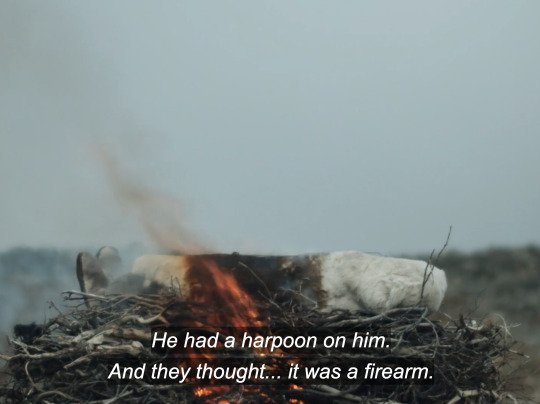
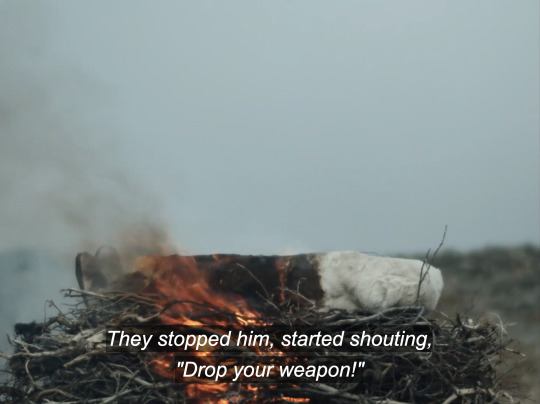

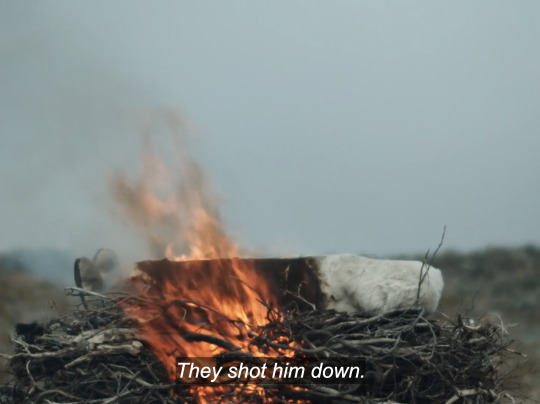
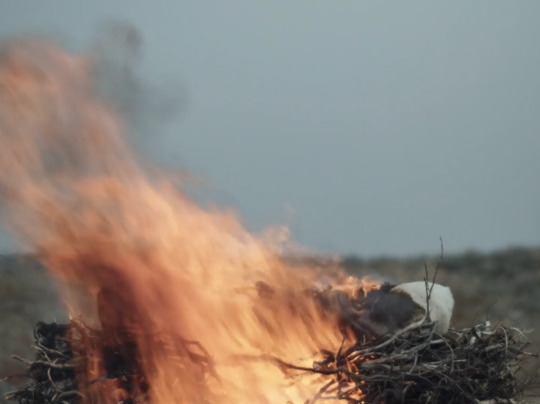
The Whaler Boy (Китобой) dir. Philipp Yuryev (2020)
#film#mine#the whaler boy#kitoboy#chukchi#indigenous film#siberia#siberian film#aesthetic#film stills
43 notes
·
View notes
Text

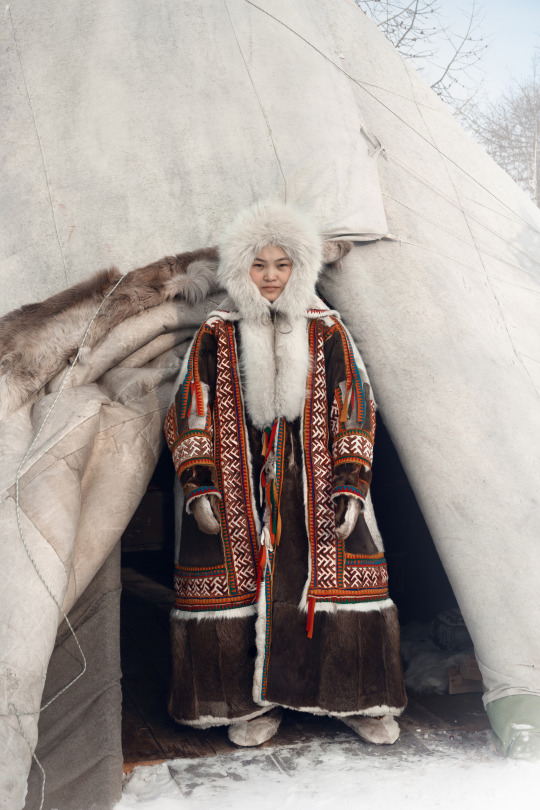

Ненцы — один из коренных малочисленных народов Севера, населяющих побережье Ледовитого океана от Кольского полуострова до Таймыра.
Традиционно ненцы занимаются крупностадным оленеводством. На полуострове Ямал кочует несколько тысяч оленеводов, владеющих милионами оленей. Часть оленеводов до сих пор ведут кочевой образ жизни, перемещаясь со стадами по устоявшимся маршрутам — летом на север, а зимой на юг. Кочевой образ жизни сформировал многие элементы традиционной культуры — переносное жилище (чум), оленья упряжка и нарты, одежда, приспособленная к свирепым климатическим условиям. Оленеводческие стойбища практически независимы от внешнего мира и живут на полном самообеспечении. Люди кормят оленей, а олени людей.
The Nenets are one of the indigenous peoples of the North, inhabiting the coast of the Arctic Ocean from the Kola Peninsula to Taimyr.
Traditionally, the Nenets are engaged in large-scale reindeer herding. On the Yamal Peninsula, several thousand reindeer herders roam, owning millions of reindeer. Some reindeer herders still lead a nomadic life, moving with herds along established routes - in summer to the north, and in winter to the south. The nomadic way of life has shaped many elements of traditional culture - a portable dwelling (chum), reindeer teams and sleds, clothing adapted to the ferocious climatic conditions. Reindeer herding camps are practically independent from the outside world and live on full self-sufficiency. People feed deer, and deer feed people.
- Photos and description by Natasha Yankelevich
227 notes
·
View notes